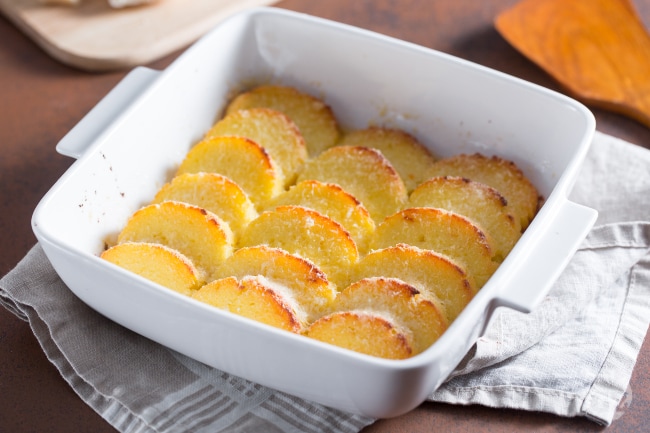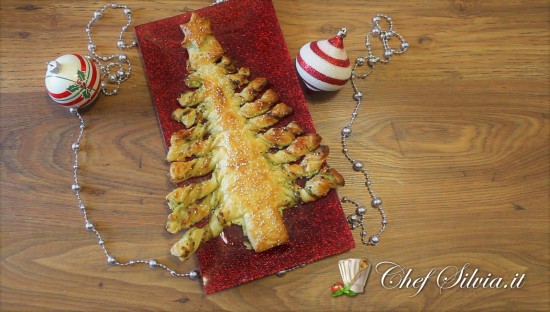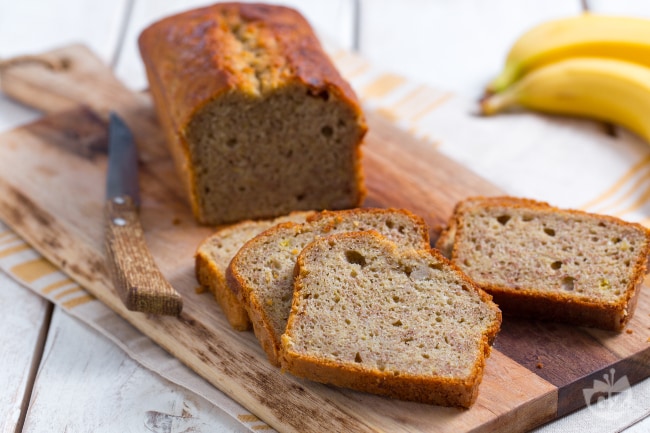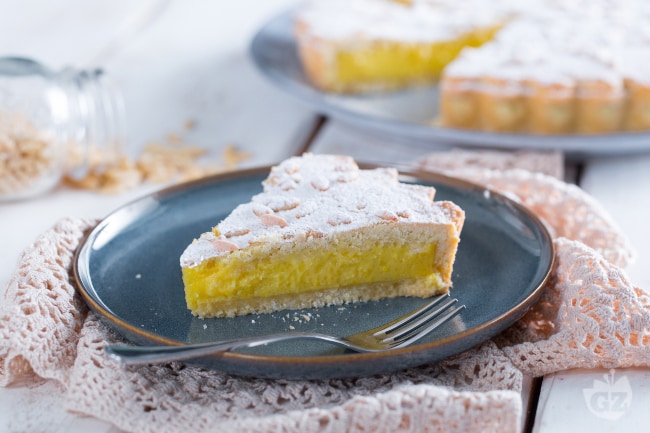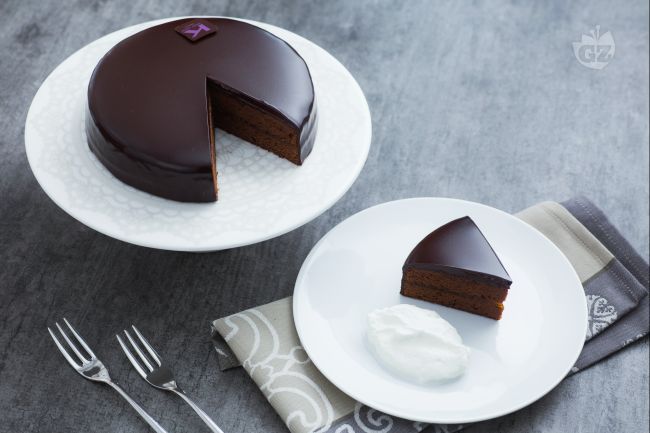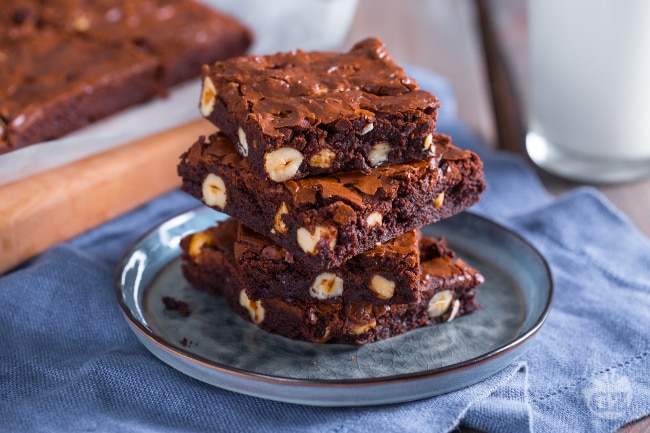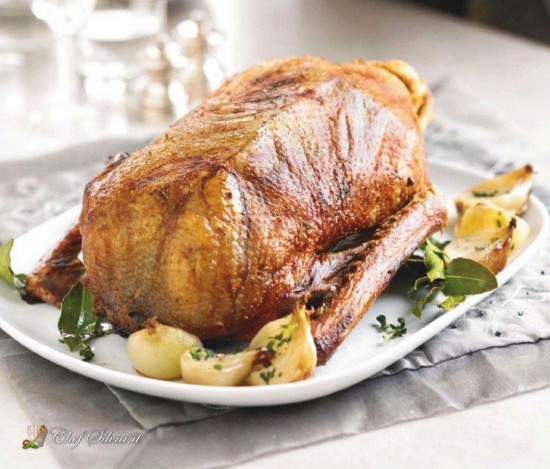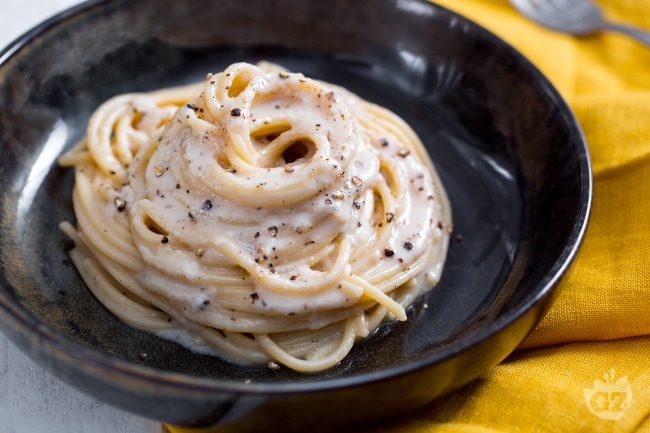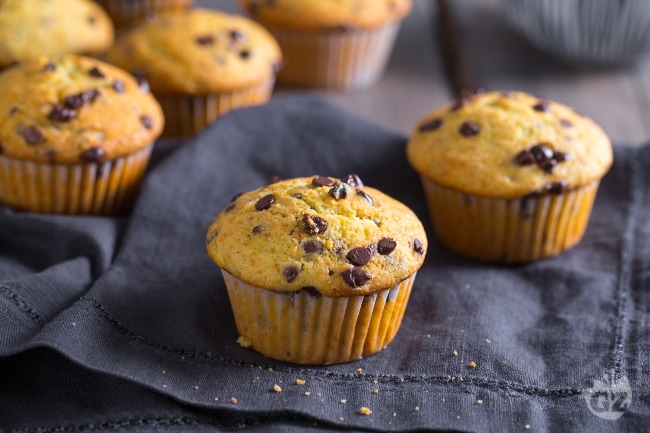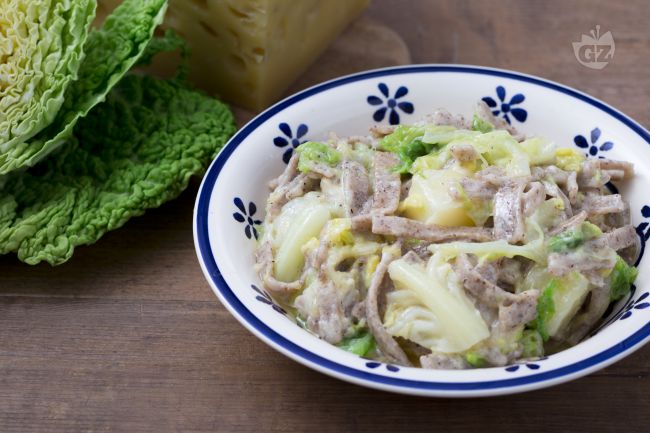

Podcast recipe
Duration 3:55 – Steps 10
There are genuine and hearty dishes that can warm your stomach and heart, especially at high altitudes! Like the pizzoccheri alla valtellinese, a first course to be tried in particular in the small town of Teglio. However, be wary of imitations: although it is a dish of humble origins, pizzoccheri are a dish whose goodness does not derive only from the processing of the ingredients but also from the choice of the same: buckwheat flour stone ground, cabbage from the garden, malga butter are some of the must-haves to leave your guests truly amazed. Even in Giallozafferano we entrusted the preparation of pizzoccheri to a true Valtellina chef, Alessandro Negrini, an expert on this rustic dish from an early age, when his grandmother prepared them. Following in the footsteps of tradition, you can make this rich and delicious dish, to be prepared in summer and winter, starting from the very processing of pizzoccheri, a format of pasta similar to noodles but shorter, made from buckwheat flour, type 0 flour and water. To discover all the authentic taste of this first course, follow the steps and suggestions for cooking and sharing a fabulous plate of warm and gooey pizzoccheri!
Discover the other typical dishes of Valtellina, or their delicious reinterpretations:
Read the recipe in English

To prepare the Pizzoccheri, start by pouring the 0 flour and buckwheat flour into a bowl in the indicated doses 1mix the two flours well 2 and add the water at a temperature of 50° 3. This will make the starches in the buckwheat mix more easily.

Start working the ingredients by hand in the bowl 4transfer everything to a lightly floured pastry board with buckwheat flour 5 and knead the dough vigorously 6. This work phase is crucial: the dough must be handled with care to obtain the most elastic consistency possible.

Form a ball 7; the texture should be silky, not too soft. Flatten the ball of dough and sprinkle with a little buckwheat flour 8 and start rolling out the dough with a rolling pin; you will have to obtain a disc of about 2-3 mm thick 9.

Now, trim the edges 10 to even out the disc obtained, in order to obtain a rectangle, lightly sprinkle the surface with more buckwheat flour 11 and cut with a sharp knife into strips about 7 cm wide 12.

Layer 3 strips on top of each other 13 if necessary, sprinkle with a little buckwheat flour; with this method it will be faster to obtain the pizzoccheri in a precise manner, by cutting the overlapping strips into slices with a thickness of about 0.5-1 cm 14. Set aside the first pizzoccheri obtained, then continue in the same way for the rest of the dough 15. Previously discarded clippings can be used to make delicious potato soup!

You can start dedicating yourself to the seasoning. Put a pan with 6 liters of water on the fire; meanwhile clean the cabbage, peel it (with the outer leaves you can make a soup), cut it in half, then into slices 16remove the leathery part 17 and cut the cabbage into slices 18.

Now move on to the potatoes: peel them and cut them into thick slices, then into rather large pieces; it will be sufficient to try to make pieces of uniform size 19 so that cooking is homogeneous. When the water boils, add 60 g of salt (10 g per litre). Put the potatoes to boil on their own for about 2 minutes 20. Meanwhile, thinly slice the Latteria cheese (it is preferable to use it at room temperature) 21.

After two minutes of cooking the potatoes, add the cabbage 22; it is very important that the vegetables cook in the water in which the pizzoccheri will cook because it is part of a balance of substances which will then end up on the plate, both nutritional and digestive. After about 4 minutes you can pour half the dose of pizzoccheri by distributing them slowly in the pan 24;

with the help of the handle of a wooden spoon, turn them gently 25, to prevent them from sticking, then add the remaining ones slowly, always in rain. Stir for a few more seconds, then while the pizzoccheri are cooking (they should cook for about 4 minutes). Cut the poached garlic cloves in half 26 then pour the butter into a pan and let it melt together with the garlic cloves 27;

the butter will have to melt and be flavored with the garlic 28 and you will have to let it go on medium-low heat until you get a hazelnut color. In the meantime, prepare a large and low pan where you will then go to drain and season the pizzoccheri once ready. You will have to heat this empty pan by balancing it on the pan with the pizzoccheri cooking water 29; this will allow the Latteria cheese to melt in a homogeneous and controlled way. Then lower the heat under the pizzoccheri pot without turning it off. Using a slotted spoon, start draining the pizzoccheri very well 30

so as not to transfer water into the pan you have heated and create a first layer on the bottom of the pan 31. Without ever mixing in these phases, now spread a layer of Latteria cheese 32, continue with another layer of pizzoccheri; repeat the step of the Latteria cheese again and continue until you finish with the last layer of pizzoccheri and cheese. Flavor with the grated Grana 33

and at this point proceed as the Valtellina grandmothers do: place the pan with the pizzoccheri on top of the one with the still hot cooking water, just to keep the heat 34. Cover with a tea towel 35: in this way the heat of the pizzoccheri, cabbage and potatoes will help the Latteria cheese to melt. In the meantime, raise the heat under the pan in which you melted the butter with the garlic, so as to obtain the hazelnut color as anticipated. This will add aromas to the dish, without affecting digestibility. Then pour the hot butter over the pizzoccheri 36you will notice that the cheese has already melted;

remove the garlic cloves 37 and only now mix the pizzoccheri delicately and without exaggerating 38; plated 39 and taste piping hot and gooey pizzoccheri!

